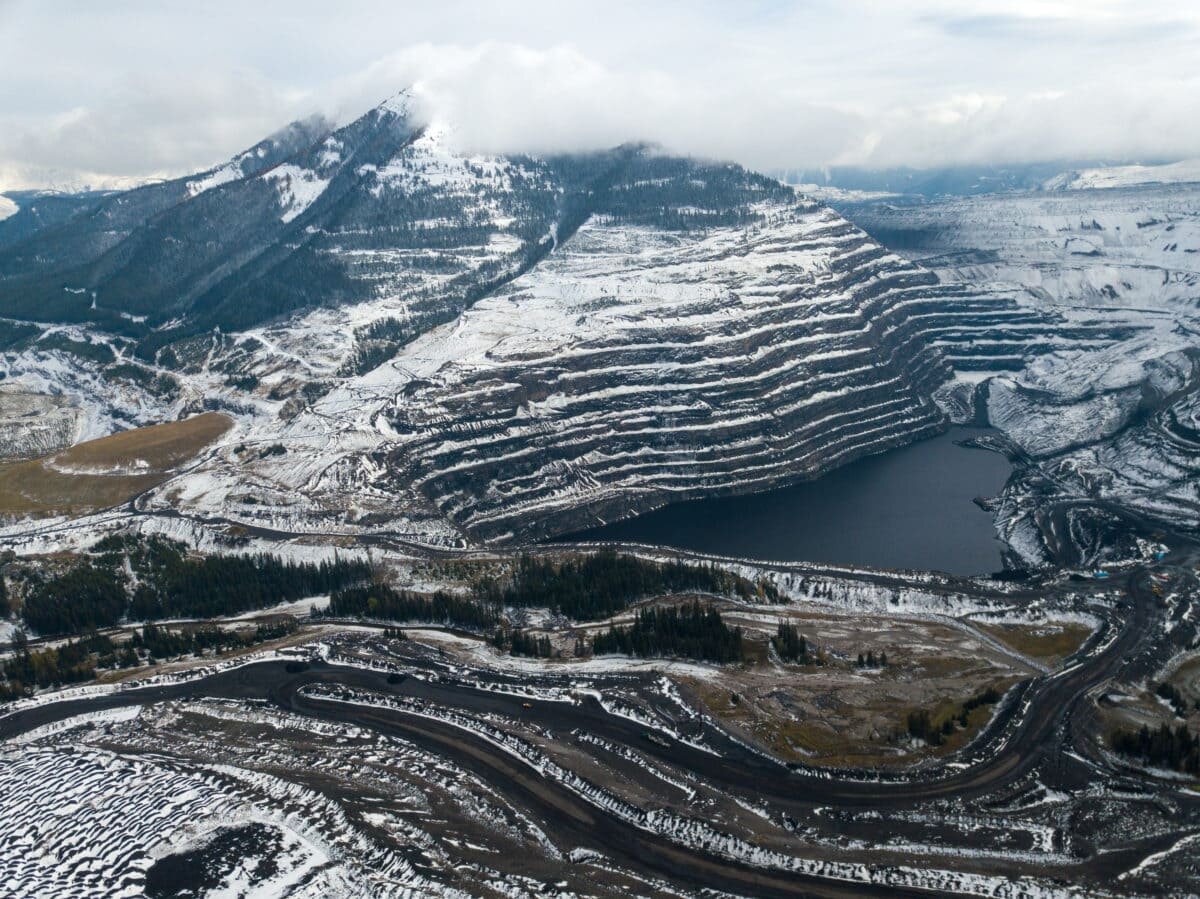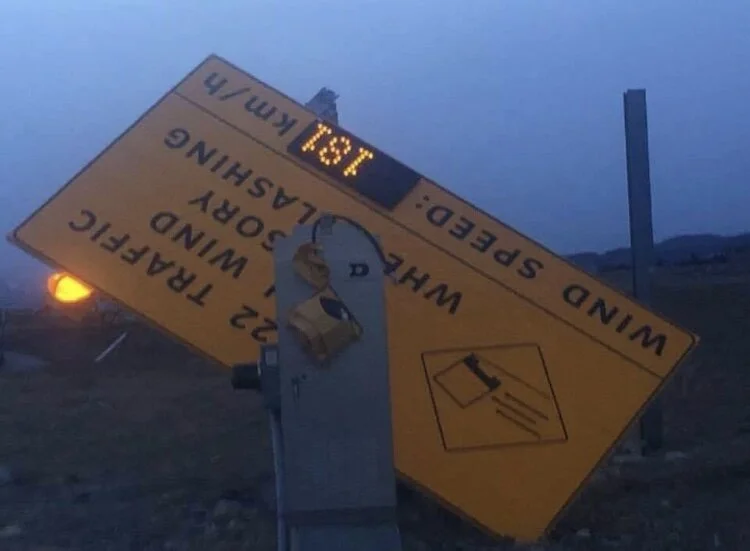Coal Mining Threat to the South Eastern Slopes of the Rockies
Alberta’s vulnerable South Eastern Slopes and the heart of southern Alberta’s water supply are being offered up to international coal firms’ intent on mountain top removal mining of the area’s metallurgical coal. An Alberta government decision to rescind the Coal Policy protections that have been in place since the 1970s has opened the door to intensive coal development in the region.
Coal leases cover an area greater than 500 sq kms (50,000 hectares) of public and private lands from the Castle Park boundary north to Chain Lakes. Significant exploration activity has already been completed and more is underway.
Australian Coal Companies Seeking to Open Six Large Coal Mines
Three large Australian-owned coal mining companies are in various stages of regulatory approval for six extensive mountain top removal coal mines. If approved, these mines could blanket the region south and north of Crowsnest Pass with a series of 40-50 kilometre long swaths of industrial destruction.
Several of the proposed Alberta mine locations (by Riverdale Resources and Elan Coal) are only about 30 km east of Teck Resource’s massive mines in the Elk Valley of B.C. These Teck mines have had a devastating impact on the Fording River and the Elk River waterways.
Grassy Mountain Coal Project
Australia-owned Riversdale Resources is pursuing construction of the Grassy Mountain Coal project through their wholly owned subsidiary Benga Mining.
The project is currently being reviewed by a joint federal/provincial panel. A public hearing is anticipated following completion of the review.
If approved, the mine footprint would span 2,800 hectares (28 square kilometres).
Another foreign owned company, Montem Resources, is aggressively moving forward on its Tent Mountain project west of Coleman. It has current mine permits and is working with regulators to obtain mining licences which could enable the re-start of open pit mining (A portion of the mine site was previously mined).
Other projects being advanced by various Australian companies, including Atrum, have been publicly announced and are in the advanced stages of intensive exploratory drilling, engineering and feasibility studies.
Impact of Mountain Top Removal Mining on the Region
Teck coalmine near Sparwood. Photo/Narwhal
The Eastern Slopes of the Rocky Mountains in southwest Alberta have been flagged for decades as an area that should be protected. Land use plans have identified multiple key wildlife and biodiversity zones. The area between the Alberta/B.C. border and the Livingstone Range provides sensitive habitat for at risk and endangered species and is a popular region for backcountry recreation (camping, fishing, hunting, hiking, exploring). Cattle grazing lease operations have co-existed in the area for a century.
Mountain top coal mining is extremely invasive, stripping the soil, vegetation and rock from thousands of hectares of land, dumping the waste rock into the valleys, leaching toxins into natural waterways and destroying or severely disrupting native wildlife.
Independent research over many decades has identified serious issues with mountain top removal mining, including human health risks, environmental risks related to water volumes and quality and destruction and fragmentation of critical habitat for plant and animal species relying on these unique ecosystems for survival.
Open pit coal mines are intensive water consumers and generate a range of toxic waste from the coal mining processing and from the leaching of dangerous chemicals from the massive piles of waste rock dumped on the valley floor.
Selenium Poisoning
Elk river deformed trout. Submitted photo
Release of elements like selenium are notoriously difficult to control and often result in fish deformities and deaths. This can prove devastating to an area renowned for its fly fishing, pristine mountain rivers and outstanding recreation and tourism potential.
Teck Resources, which operates four mountain top removal coal mines in the Elk Valley of British Columbia, has a long track record of releasing high levels of toxic selenium into the water shed. In 2018, Teck Resources, was fined $1.4 million over selenium discharges which killed large numbers of trout and forced the shutdown of a number of private water wells and community drinking wells. The continued contamination issue by Teck has now become an international transboundary issue.
A recent monitoring report from Teck Resources found that the adult population of westslope cuttthroat trout in the Fording river dropped by 93 per cent last fall compared to 2017 levels.
Further downstream in the Elk River, fishermen report seeing fewer fish and fish with various deformities, such as missing gill plates, twisted spines and cranial deformities.
Selenium levels were reported to be at least seven times higher in the Elk River watershed below the mines than above them. There is currently no proven way to mitigate selenium poisoning.
Water Supply and User Impacts
Water from the Oldman River headwaters (located in the heart of the newly targeted mining area in Alberta) provides the bulk of southern Alberta’s water supply, supporting communities with drinking water and water for irrigation. The Oldman River watershed supplies water to 40% of the irrigated land in Alberta and all of the water used by the City of Lethbridge. The watershed is already under tremendous pressure with declining flow rates, highly variable water flows and increasing demand. Multiple mines diverting water for their operation and dust-suppression could prove to be devastating for downstream users.
Air-borne Contaminants
The frequent and extreme wind conditions of the region also create high risk for air borne contaminants to affect residents and communities long distances from the actual mine sites.
Mining activities provide multiple pathways for the generation and distribution of mineral dusts that are readily transported by the wind over large distances. Airborne contaminants pose human health risks.
A wind speed warning sign on highway 22 is toppled at speeds of 181 km/h
The frequent and extreme wind conditions of the region also create high risk for air borne contaminants to affect residents and communities long distances from the actual mine sites.
Summary
The South Eastern Slopes are an important landscape. They provide for biodiversity, water supply, agricultural industry and recreation use. Please contact your MLA, your MP and provincial and federal government ministers if you are concerned about the direction of policy that appears to be supporting foreign coal companies instead of the public’s best interest.




